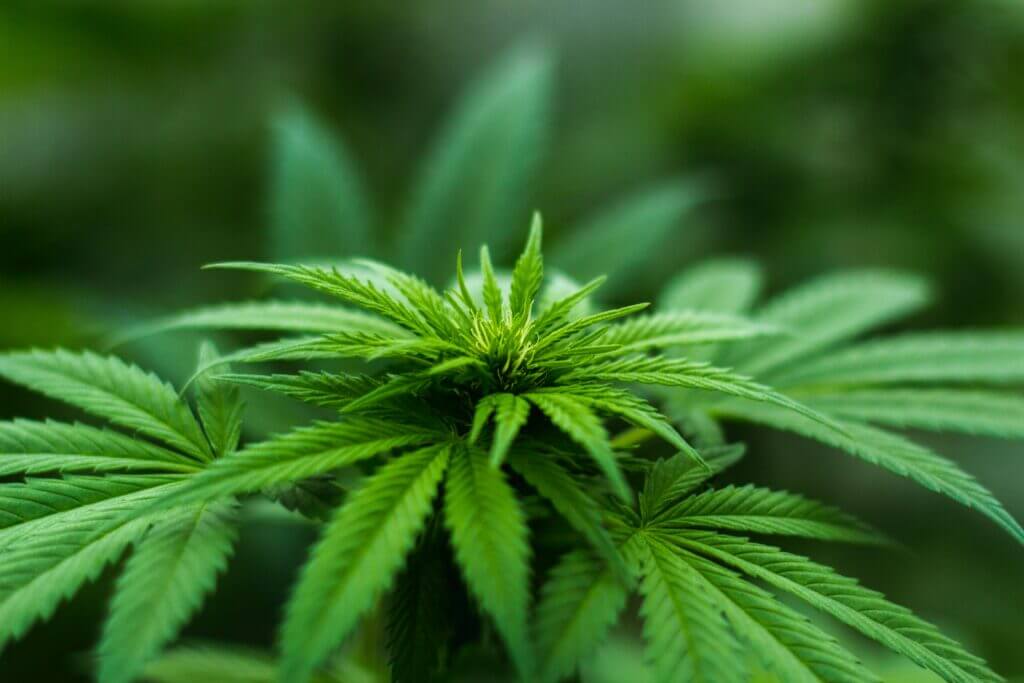Cannabis sativa has a long history as a medicinal plant, likely dating back more than two millennia, A renewed interest in the therapeutic effects of cannabis emanates from the movement that began 20 years ago to make cannabis available as a medicine to patients with a variety of conditions.
The active component of cannabis is THC (Tetrahydrocannabinol) which is the principal psychoactive constituent of cannabis and one of at least 113 total cannabinoids identified on the plant.
What is Cannabis Used for?
The medicinal version of Cannabis is most commonly used in treatment of conditions such as pain, spasticity associated with multiple sclerosis, nausea, posttraumatic stress disorder, cancer, epilepsy, cachexia, glaucoma, HIV/AIDS, and degenerative neurological conditions.
Of course cannabis is smoked or eaten for recreational purposes.
Are there any medical benefits?
This is quite difficult to conclude if cannabis or its derivatives have a real clinical effect on various health conditions. Various studies have looked at the effect of Cannabis on cancer, Alzheimer’s disease, Parkinson’s disease, Multiple Sclerosis and ALS.
The evidence suggests that cannabis is helpful in treating the symptoms and physical effects of these conditions.
Over the past decades there has been an increasing interest in the usage of alternative medicinal compounds that can help treat medical problems.
A portion of the population in most countries including Malta is looking towards employing alternative medicinal products in their lives to help with the physical symptoms of disease.
A study on epilepsy that recruited around 15 people had shown that the usage of CBD and its derivates were effective in reducing convulsions over a 4month period.[1] this potentially could be related to the anti-inflammatory effect of cannabis on the production of reactive oxygen species.
CBD was shown to reduce the influx of calcium and production of reactive oxygen species (ROS) helping to downregulate the activity of TNF-alpha, IL-6, IL-1ibeta, cox-2, and HMBG-1. Thus acting as potent antioxidant and anti-inflammatory molecule.[2]
Effect of Cannabis on Cancer
With regards to the effect of cannabis on cancer, studies are mixed and evidence is still limited. Cancer being a major killer world wide has taken the lives of around 9.6million people globally. With around 1 in 6 deaths is attributed to cancer. [3]
various pre-clinical trails on cancer suggest that THC and its derivatives can be helpful in reducing the proliferation of cancer cells, cannabinoids seemingly act by modulating the signalling pathways, which in cancer cells are important for cell proliferation and survival[4]
such an example of the effect of THC on cancer includes the effect of cannabinoids on prostate cancer cell lines, the activation of the cannabinoid receptors in prostate cancer cells resulted in cell death in these samples; cell viability and cell proliferation were checked using various techniques.
In both samples cannabinoids were found to be effective and killing these prostate cancer cells.[5]
Other Areas Of Research
Other therapeutic areas that might be of interest include the effect of cannabis on neurodegenerative disease such as Multiple Sclerosis and ALS.
These neurological conditions are associated with spasticity caused by a disordered sensorimotor control resulting from an upper motor neuron lesion, presenting as intermittent or sustained involuntary activation of the muscles.
In these conditions cannabis was found to be helpful in aiding with spasticity caused by MS and ALS.
Oral formulations of THC taken for over one year were found to be of benefit in reducing the spasticity and rigidity associated to these neurodegenerative diseases. [6]
Cannabis Use in Malta
On the 14 December 2021, the Parliament of Malta legalized the recreational use of cannabis, for personal use, becoming the first country in the EU to regulate cannabis consumption.
In accordance with the new Responsible Use of Cannabis Act, those over 18 years of age can legally carry up to 7g of cannabis. However if caught carrying more than that or between 7g-28g these individuals will need to appear before a tribunal.
When it comes to home Cultivation of the Plant each household is allowed to cultivate up to four plants, as long as these are not visible to the public. Those who do not wish to cultivate the plant can purchase the substance from cannabis associations.
With regards to Public smoking of cannabis this remains illegal. Those caught can be fined up to €235, or €500 should a minor be present.
This new legislation also allows research to be conducted if a license is obtained. The new bill stated that the Production of Cannabis for Medicinal and Research Purposes in accordance to the Act (Chapter 578 of the Laws of Malta), any organization that wishes to cultivate cannabis for medicinal and research purposes must apply for a license.
References
- Cunha JM, Carlini EA, Pereira AE, Ramos OL, Pimentel C, Gagliardi R, et al. Chronic administration of cannabidiol to healthy volunteers and epileptic patients. Pharmacology. 1980;21((3)):175–85.
- Verma R, Hoda F, Arshad M, et al. Cannabis, a Miracle Drug with Polyvalent Therapeutic Utility: Preclinical and Clinical-Based Evidence. Med Cannabis Cannabinoids. 2021;4(1):43-60. Published 2021 May 21. doi:10.1159/000515042
- 79. Siegel RL, Miller KD, Jemal A. Cancer statistics, 2020. CA Cancer J Clin. 2020;70((1)):7–30
- Śledziński P, Zeyland J, Słomski R, Nowak A. The current state and future perspectives of cannabinoids in cancer biology. Cancer Med. 2018;7((3)):765–75.
- De Petrocellis L, Melck D, Palmisano A, Bisogno T, Laezza C, Bifulco M, et al. The endogenous cannabinoid anandamide inhibits human breast cancer cell proliferation. Proc Natl Acad Sci U S A. 1998;95((14)):8375–80.
- oppel BS, Brust JC, Fife T, Bronstein J, Youssof S, Gronseth G, Gloss D. Systematic review: Efficacy and safety of medical marijuana in selected neurologic disorders: Report of the Guideline Development Subcommittee of the American Academy of Neurology. Neurology. 2014;82(17):1556–1563.

